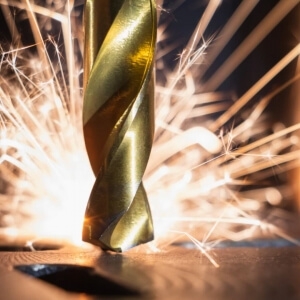
If you are in need of custom-machined parts, machining in Toronto is just the service you are looking for. Many machining shops carry equipment that can produce parts of various shapes and sizes, which makes them perfect if you need parts that are complex and intricate. Custom-machined parts are also known to be made with high precision and accuracy. Machining in Toronto involves the removal of material from a workpiece and there are three primary processes involved to do it successfully. Each of them has an important role to play in how a part is being machined and enhances its unique properties.
A milling machine usually comes with a moveable table where the workpiece is placed. Some machines have both the tools and tables as movable parts and they feature either horizontal or vertical cutters. The machine can also use rotating cutters for removing excess material. They are regarded to be the most versatile equipment in a machine shop since they can perform different operations such as cutting, routing, planing, rebating, die-sinking, and more.
This process is done using a cutting tool called lathe, which holds the workpiece in place and rotates it while it is being cut to the desired shape. It works along two axes to create the required cuts with precise depths and diameter. A lathe is available in two types - the manual type and the automated CNC type. The turning process made on the inside of a part is called boring, which is best suited for creating tubular parts. The other is known as facing, which can only be used when the lathe has a fitted cross-slide.
Machining in Toronto also involves the process of drilling to create cylindrical holes in a solid material using a drill bit. A drilling machine is probably one of the most important machines a shop can have. Drill speed and feed vary depending on the type of material to be machined.